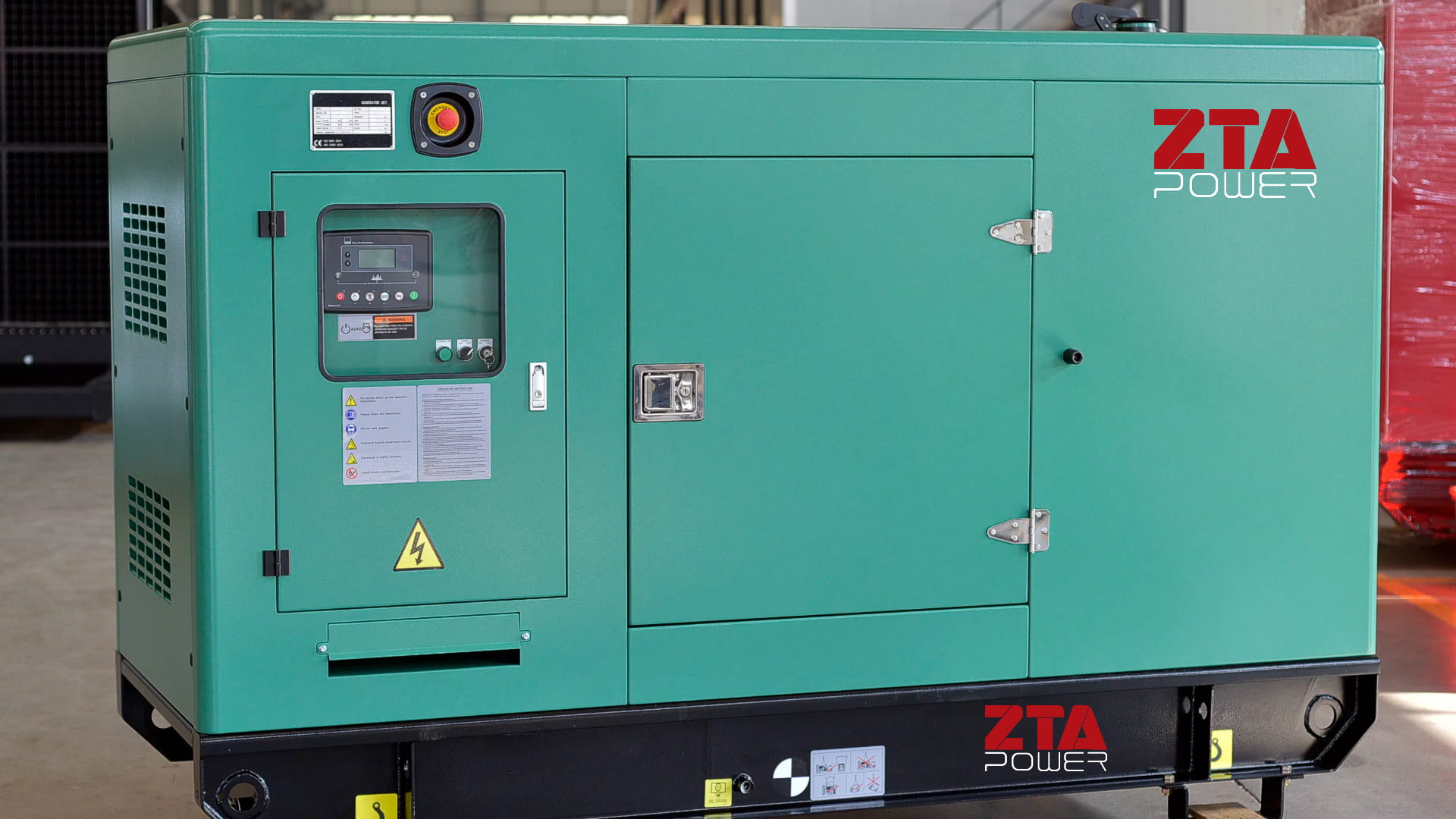Diesel Generator Overheating Explained
When a diesel generator overheats, the coolant temperature gauge will show an abnormally high reading (typically above 110°C at altitudes below 1,500m). If steam violently erupts from the expansion tank vent (similar to boiling water) and touching the radiator or expansion tank feels extremely hot, this is commonly referred to as "boiling", indicating severe overheating.
Common Causes of Overheating
1. Excessive Scale Buildup in Cooling System
Mineral deposits and sludge accumulate in the radiator and water jackets, restricting coolant flow.
Particularly common after prolonged shutdowns, where contaminants settle and block passages.
2. Clogged Radiator, Ducts, or Engine Surface
Dust and oil buildup on radiator fins, air ducts, or engine surfaces reduce heat dissipation.
Dirty cooling components restrict airflow, decreasing cooling efficiency.
3. Weak Water Pump Circulation
A failing water pump reduces coolant flow rate, preventing proper heat transfer.
Most noticeable under heavy load at low speeds.
4. Reduced Fan Airflow
Causes:
Faulty fan clutch (if equipped).
Oil-contaminated pulleys or loose/worn belts slowing fan speed.
Bent radiator fins blocking airflow.
5. Incorrect Injection Timing (Retarded)
Late fuel injection extends combustion duration, transferring excess heat to cylinder walls.
Leads to rapid coolant temperature rise.
Troubleshooting Steps
1. Check Fan Operation
Inspect fan belt tension (Cummins generators often have self-adjusting tensioners—replace if loose).
Clean oil-coated pulleys if slipping occurs.
2. Test Airflow Efficiency
Hold a piece of paper near the radiator:
If firmly sucked in → airflow is sufficient.
If not held or blown outward → fan blades may be reversed or deformed (adjust/replace).
3. Thermostat Inspection
Feel both sides of the thermostat housing:
If the radiator-side is cooler than the engine side → thermostat failure (test/replace).
4. Coolant Circulation Check
If thermostat is functional but the radiator stays cooler than the engine:
Inspect for collapsed hoses or weak water pump flow.
Remove the upper radiator hose, start the engine (briefly), and check for strong coolant ejection.
5. Radiator Flow Test
Touch different radiator zones:
Uneven temperatures indicate blocked tubes (flush or repair).
6. Other Potential Issues
If overheating persists:
Verify no excessive low-RPM overload operation.
Check for headwind conditions (reduces cooling airflow).
Adjust injection timing if retarded.
